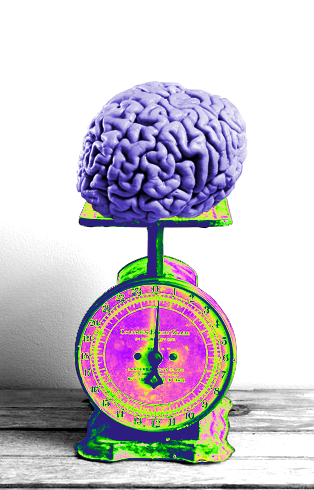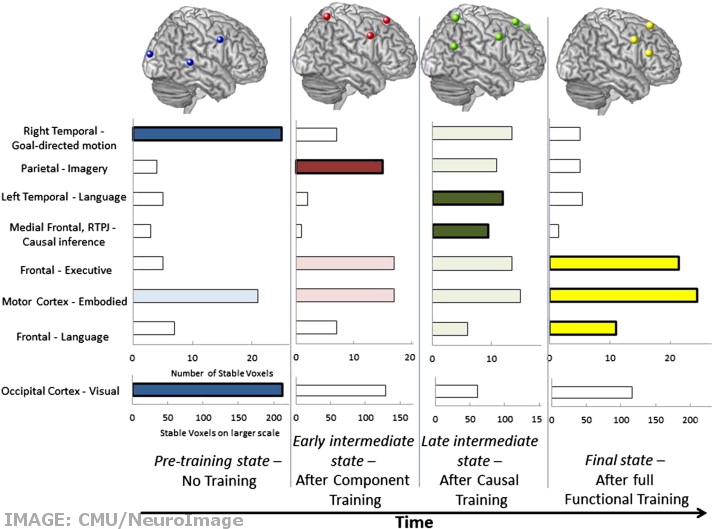Study watches knowledge setting in
 Neuroscientists have used advanced techniques to find out just what happens in the brain when it learns something technical.
Neuroscientists have used advanced techniques to find out just what happens in the brain when it learns something technical.
For the first time, scientists have traced the brain processes that occur during the learning of technical or scientific concepts.
Researchers in the US scanned the brains of 16 healthy adults as they learned for the first time how four common mechanical systems work.
While inside the brain scanner, the participants were shown a series of pictures, diagrams and text that described the internal workings of a bathroom scale, fire extinguisher, automobile braking system and trumpet.
The information was presented in a sequence that allowed the team to examine the different states of the brain while it learns different details.
For example, the bathroom scale was presented with a schematic diagram and description; “A bathroom scale consists of a lever, a spring, a ratchet and a dial.”
Then, the operation of the scale was described in a set of causal explanations such as; “The person's weight exerts a downward force on a lever. The lever pulls a spring downward in proportion to the weight.”
The relevant parts of the schematic design were highlighted with each explanation sentence.
The resulting fMRI images showed how each new concept made its way from the words and pictures to neural representations across several regions of the brain.
Interestingly, they found that the neural representations progressed through several stages, each stage involving different parts of the brain.
First, the mechanical systems were imagined visually, in terms of their physical layout. In middle stages, the learners used mental animation, imagining the motion of the mechanical components to infer how they interacted piece by piece.
By the end of the instruction, the participants imagined how a person (most likely themselves) would interact with the system, using both their frontal and motor brain regions.

“Neuroimaging allows us to investigate not just the end state but also the intermediate brain states during learning,” said Prof Robert Mason, a senior research psychologist and member of the Center for the Neural Basis of Cognition (CNBC) at Carnegie Mellon University.
“After you learn a force applied to an enclosed fluid is involved in the workings of a car's brakes, and you also learn how a force applied to an enclosed fluid is involved in the workings of a fire extinguisher, the brain representations of these two very different systems increase in their similarity to each other.
“This provides evidence that appropriate instruction can bring out the fundamental understanding of how things work at a deep level.
“In the future, teaching to this deep level as measured in terms of brain representations may be applicable to other disciplines and scientific concepts.”
The research report has been published in the journal NeuroImage.








 Print
Print